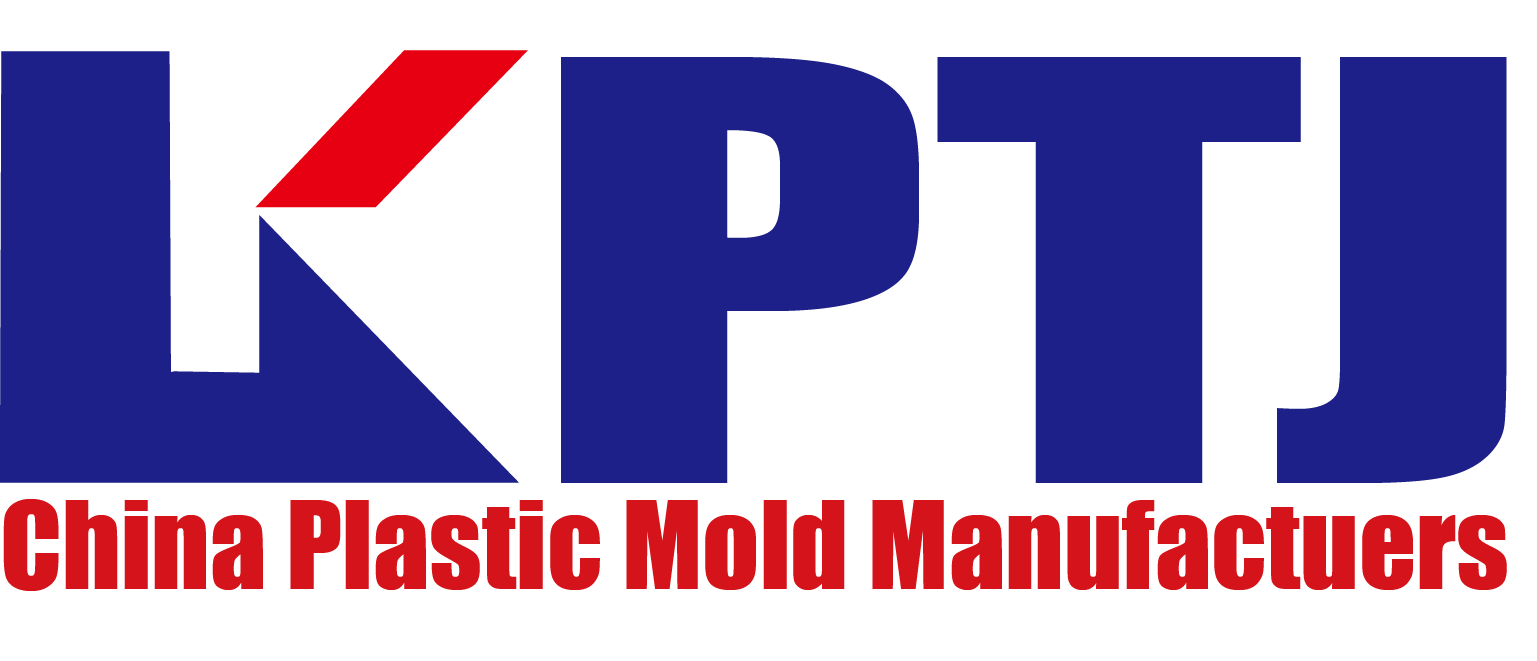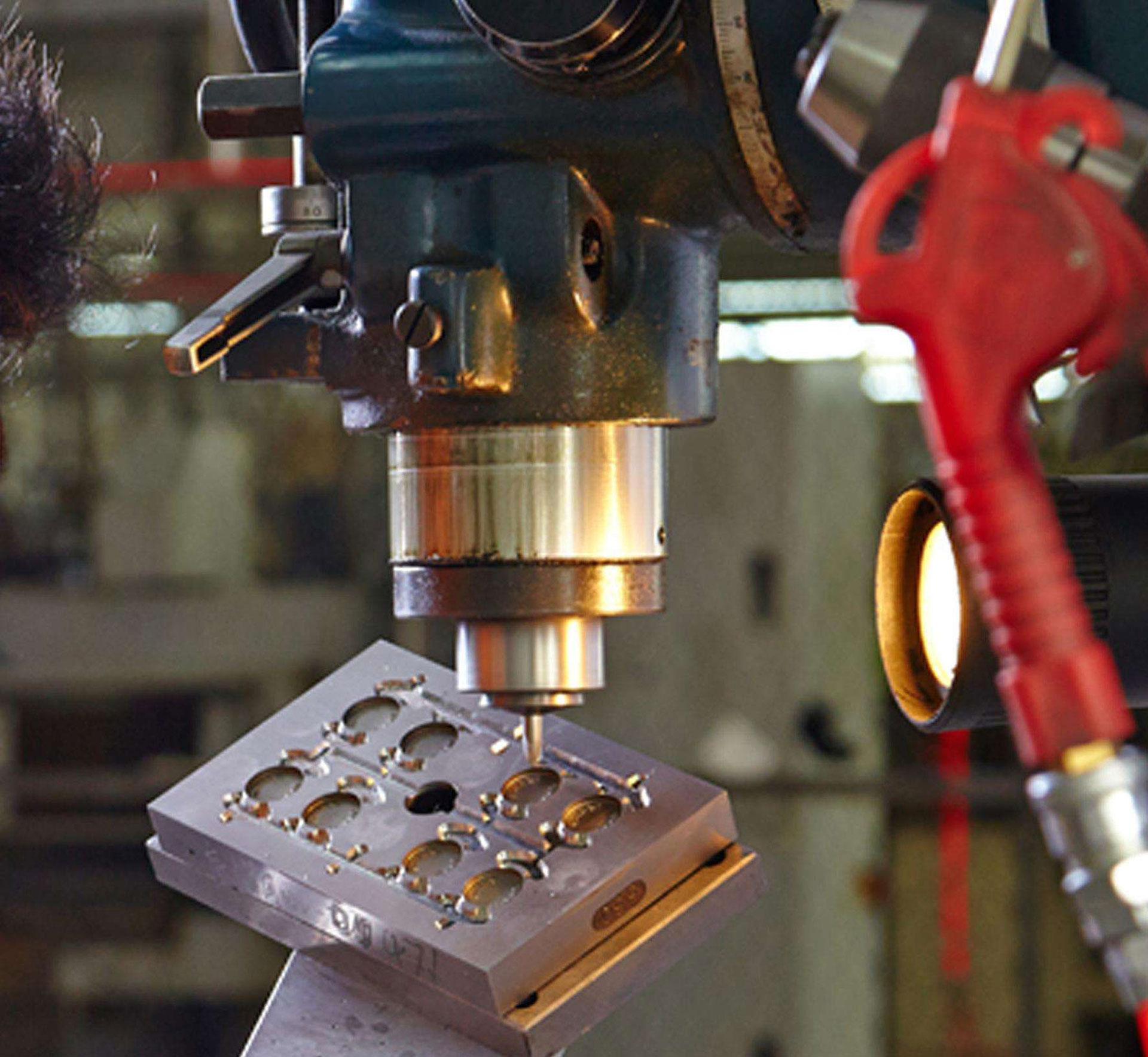Warping and deformation of plastic mold injection products is a very difficult problem. Mainly should be solved from the mold design, and the adjustment effect of the molding conditions is very limited. So, how do we solve when plastic mold injection products appear warped and deformed?
- 1. When the stress and deformation caused by poor demoulding can be solved by increasing the number or area of the push rod and setting the demolding slope.
- 2. When the residual stress caused by the molding conditions causes deformation, the stress can be eliminated by reducing the injection pressure, increasing the mold and making the mold temperature uniform and increasing the resin temperature, or by annealing.
- 3. If the cooling method is not suitable, so that the cooling is uneven or the cooling time is insufficient, the cooling method can be adjusted and the cooling time can be extended. For example, a cooling circuit can be provided as close as possible to the deformation.
- 4. For the deformation caused by molding shrinkage, the mold design must be revised. Among them, the most important thing is to pay attention to make the product wall thickness consistent. Sometimes, under the circumstances of last resort, you have to measure the deformation of the product and trim the mold in the opposite direction to correct it. Resins with larger shrinkage rates are generally crystalline resins (such as polyoxymethylene, nylon, polypropylene, polyethylene and PET resins) than non-crystalline resins (such as PMMA resins, polyvinyl chloride, polystyrene, ABS resins and AS resin, etc.) has a large deformation. In addition, since the glass fiber reinforced resin has fiber alignment, the deformation is also large.
What should we do if the plastic mold injection products overflow?
The treatment of plastic mold injection products with overflow edges should be focused on the improvement of the mold. In terms of molding conditions, you can start from the aspect of reducing fluidity. The specific solutions can be the following:
- 1. Lower the mold temperature.
- 2. Reduce the injection pressure.
- 3. Lower the resin temperature.
- 4. Improve the clamping force.
- 5. Grind the mold surface where overflow occurs.
- 6. Select materials with high viscosity grade.
- 7. Use harder die steel.
- 8. Adjust the joint surface of the accurate mold and other parts.
- 9. Add mold support columns to increase rigidity.
- 10. Determine the size of different exhaust slots according to different materials.



